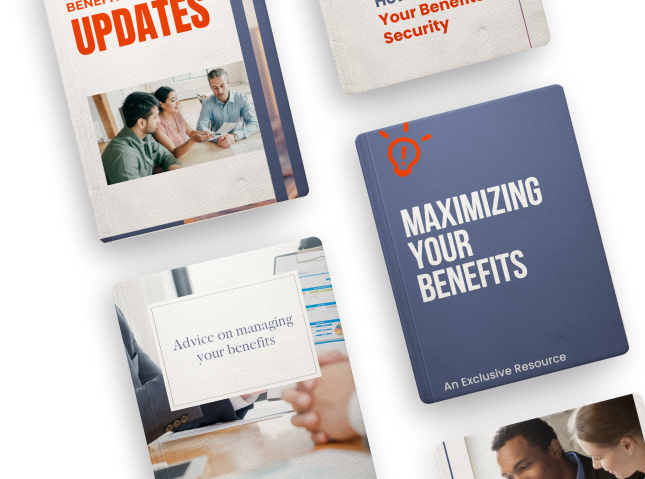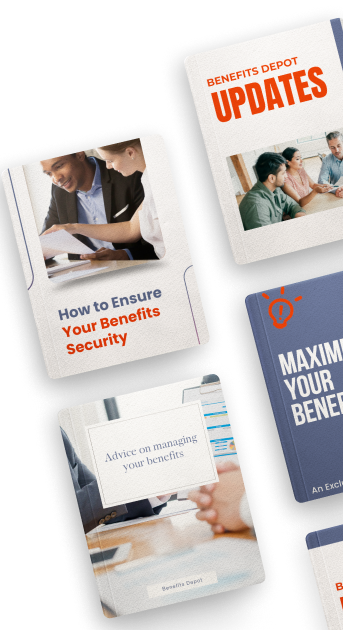Discover the Untapped Power of Disability Benefits
In a world that values inclusivity and equal opportunities, disability benefits have emerged as a crucial lifeline for individuals facing various disabilities.
These benefits are designed to provide financial stability, support, and resources to individuals who are unable to work or require assistance due to their disabilities.
In this comprehensive guide, we will delve into the realm of disability benefits, exploring their significance, eligibility criteria, types, and the profound impact they can have on the lives of those in need.
The Power of Disability Benefits
Living with a disability can often result in financial burdens, which exacerbate the challenges faced by individuals and their families.Disability benefits act as a formidable tool to break free from this vicious cycle, offering a range of advantages that contribute to financial stability and overall well-being. Let's explore some of the key benefits:
i) Income Replacement
Disability benefits provide individuals with a steady income stream when they are unable to work due to their disabilities. This ensures that they can meet their basic needs, support their families, and maintain a certain standard of living.
ii) Healthcare Coverage
Many disability benefit programs include comprehensive healthcare coverage, encompassing medical treatments, therapies, assistive devices, and prescription medications. This invaluable support ensures access to quality healthcare services that would otherwise be financially unattainable.
iii) Rehabilitation Services
Rehabilitation is often a vital component of disability support. These benefits encompass a range of services such as physical therapy, occupational therapy, speech therapy, and vocational training, helping individuals regain independence, maximize their potential, and reintegrate into the workforce whenever possible.
Eligibility Criteria
While disability benefits offer immense potential, it is important to understand the eligibility criteria to access these valuable resources.The specific requirements may vary depending on the country and the program, but here are some general considerations:
i) Medical Documentation
To qualify for disability benefits, individuals must provide comprehensive medical documentation, including diagnoses, treatment records, and professional opinions from healthcare providers. These documents play a crucial role in establishing the presence and impact of the disability.
ii) Work History
Some disability benefit programs require applicants to have a certain work history, typically measured in terms of accumulated work credits. This criterion ensures that individuals who have contributed to the workforce are eligible for benefits.
iii) Functional Limitations
The severity of the disability and its impact on an individual's ability to work or perform daily activities is carefully evaluated during the eligibility assessment process. Medical professionals and disability specialists assess the functional limitations to determine the level of support needed.
Types of Disability Benefits
Disability benefits come in various forms, each tailored to meet specific needs and circumstances.Understanding the types of benefits available can empower individuals to navigate the system effectively. Here are a few common types:
i) Social Security Disability Insurance (SSDI)
This program provides benefits to individuals who have accumulated sufficient work credits and are unable to work due to a disability. The amount received depends on the applicant's work history and earnings.
ii) Supplemental Security Income (SSI)
SSI offers financial assistance to low-income individuals with disabilities. Eligibility is based on income and resources, and the program provides a monthly stipend to help cover living expenses.
iii) Veterans Disability Benefits
Reserved for veterans with service-connected disabilities, these benefits offer compensation and support for disabilities incurred or aggravated during military service. The Department of Veterans Affairs administers these benefits.
The Life-Changing Impact: Empowering Individuals and Communities
The impact of disability benefits extends far beyond financial stability.These programs foster independence, empower individuals to pursue education and personal growth, and foster inclusivity in society.
Here are some ways in which disability benefits can transform lives:
i) Enhancing Quality of Life
Disability benefits ensure that individuals can access necessary healthcare, adaptive equipment, and therapies, enabling them to lead fulfilling lives despite their disabilities.
ii) Education and Skill Development
With the financial support provided by disability benefits, individuals can pursue educational opportunities, vocational training, and skill development programs. This empowers them to secure gainful employment or engage in meaningful activities that contribute to their personal growth.
iii) Social Integration
Disability benefits provide a safety net, allowing individuals to actively participate in their communities. They can engage in social events, support groups, and recreational activities, forging connections and combating isolation.
In a world that strives for inclusivity and equal opportunities, disability benefits have emerged as a powerful force, transforming the lives of individuals facing disabilities.
Beyond offering financial stability, these benefits empower individuals to lead fulfilling lives, pursue education and personal growth, and actively participate in their communities.
By understanding the eligibility criteria and exploring the various types of benefits available, individuals can unlock a brighter future filled with opportunities and empowerment.
Let us continue to advocate for a society that recognizes and supports the diverse abilities and strengths of every individual, ensuring that disability benefits remain a vital lifeline for those in need.












